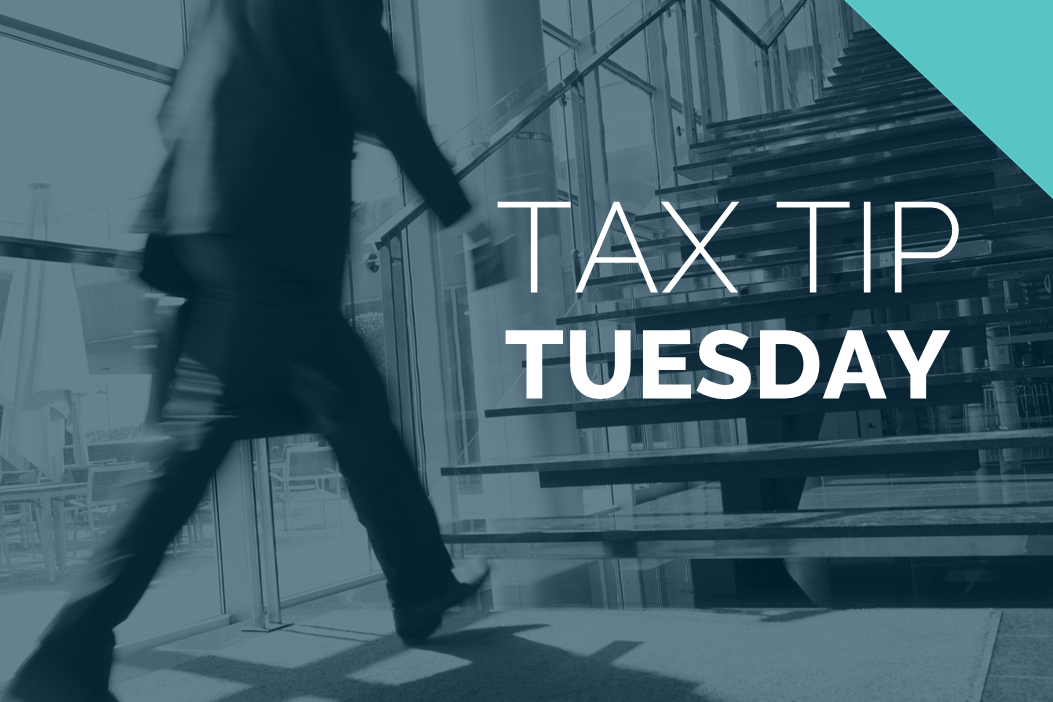Effective May 21, 2023, P&N has joined EisnerAmper. Read the full announcement here.

On August 8, 2020, President Trump issued a series of presidential memoranda addressing various concerns related to the ongoing the COVID-19 global pandemic. One of those executive orders addressed the deferral of certain payroll tax obligations in order to alleviate some of the economic burden created by the pandemic.
Payroll tax deferral
In his executive memorandum, President Trump directed the Secretary of the Treasury to defer the withholding, deposit, and payment of the employee portion of payroll taxes. The employer portion was previous deferred as part of the economic relief provided for in the Coronavirus Aid, Relief, and Economic Security (CARES) Act. Specifically, this executive order provides for the deferral of the 6.2% payroll tax used to fund social security provided for in I.R.C. § 3101(a). Importantly, however, this deferral only applies to employees whose pre-tax wages are less than $4,000 payable on a bi-weekly basis. Thus, this deferral only applies to those employees who make $104,000 or less annually.
Furthermore, while the executive memorandum does provide some payroll tax relief in the form of a deferral, those taxes will be payable eventually. The memorandum does instruct the Secretary of the Treasury to pursue tax forgiveness in the form of legislation, or otherwise, but it is unknown if such forgiveness will be available.
What does this mean for employers and employees?
As described above, President Trump’s executive order merely provides for a deferral of employee payroll taxes. As a result, uncertainty remains around the long-term effects of deferring these taxes for both employers and employees.
For employers, it is unclear whether they will be required to remit the previously deferred taxes if the taxes are not ultimately forgiven. This may create cash-flow problems for employers who have already passed the deferral benefit on to their employees. In order to pay the deferred tax later, employees may be required to pay employers back or employers may be required to withhold employment taxes at a much higher rate in order to fund the deferral. Employers may also face an even more difficult circumstance if the employees to who they have passed the deferral benefit have left their employment. In such cases, it may be impossible to recover the amounts passed through to such employees.
For employees, similar concerns arise. First, it is not clear who will be liable for the tax if the deferred taxes are not ultimately forgiven. Thus, employees may find themselves with an unexpected tax liability in the future related to the deferred payroll taxes. In addition, employees may have to pay their employers back for any deferred payroll taxes that employers are responsible for if the taxes are not ultimately forgiven.
What’s next?
While President Trump’s executive memorandum aims to help Americans in light of the COVID-19 pandemic, much uncertainty remains about the implementation of the payroll tax deferral. As a result, employers and employees should both fully understand the consequences of engaging in the payroll tax deferral before implementing any changes to their payroll withholding system.
P&N tax advisers are closely following how this executive memorandum and potential legislation may impact our clients. We’ll publish updates as new information develops. Please contact us if you have questions about your tax obligation in light of this change.



